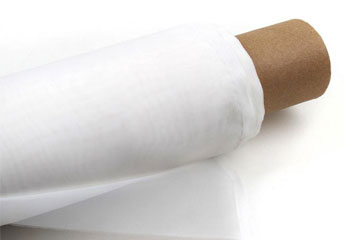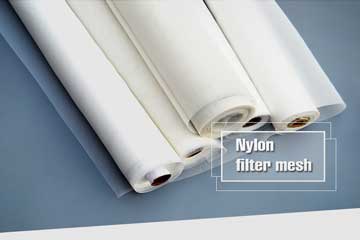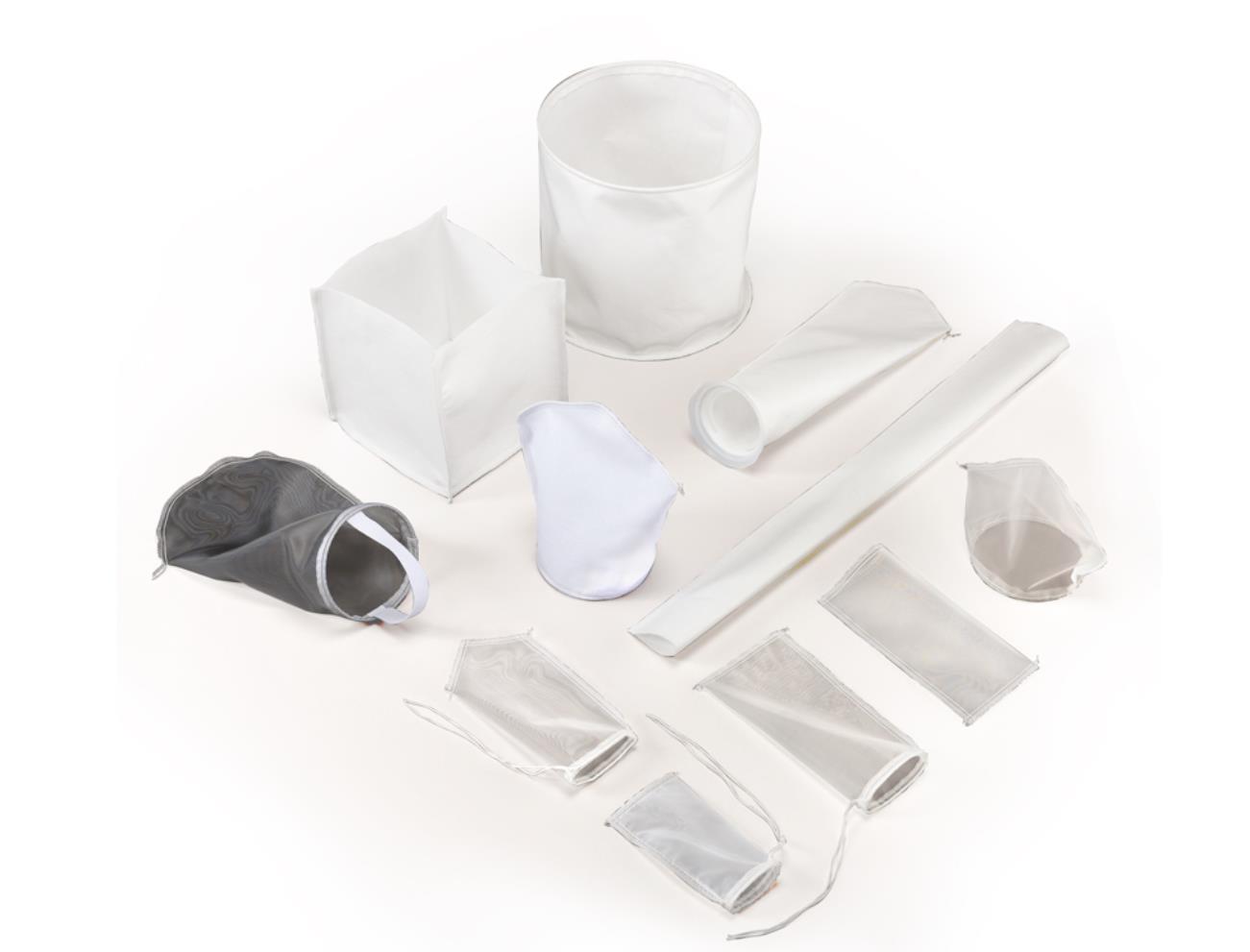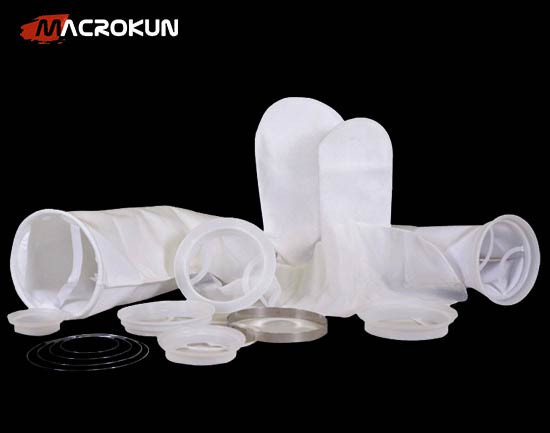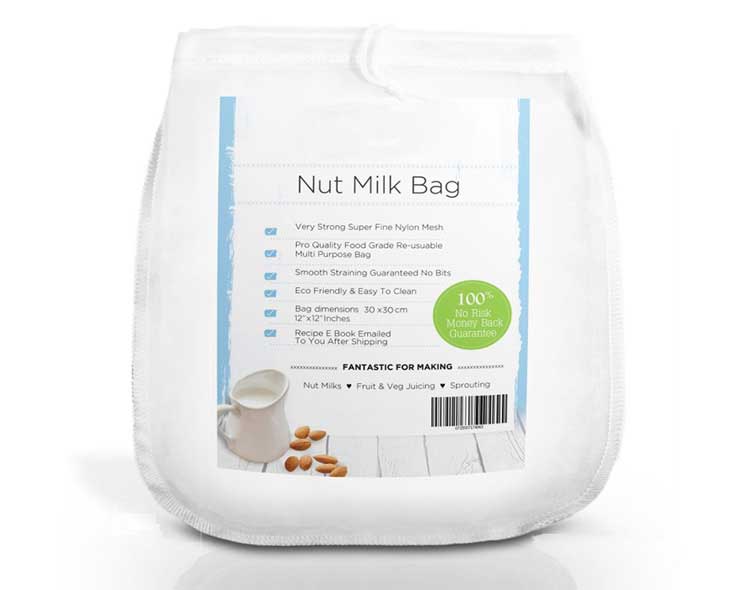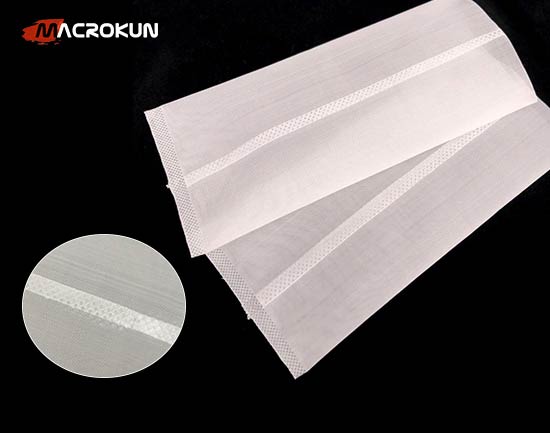Why the nylon 66 membrane filter is the right choice for demanding lab work
Treat the nylon 66 membrane filter as a performance part. Build a short validation funnel, require COAs with each lot, standardize formats across teams, and keep a safety stock of validated membranes. These steps convert a routine consumable into a pr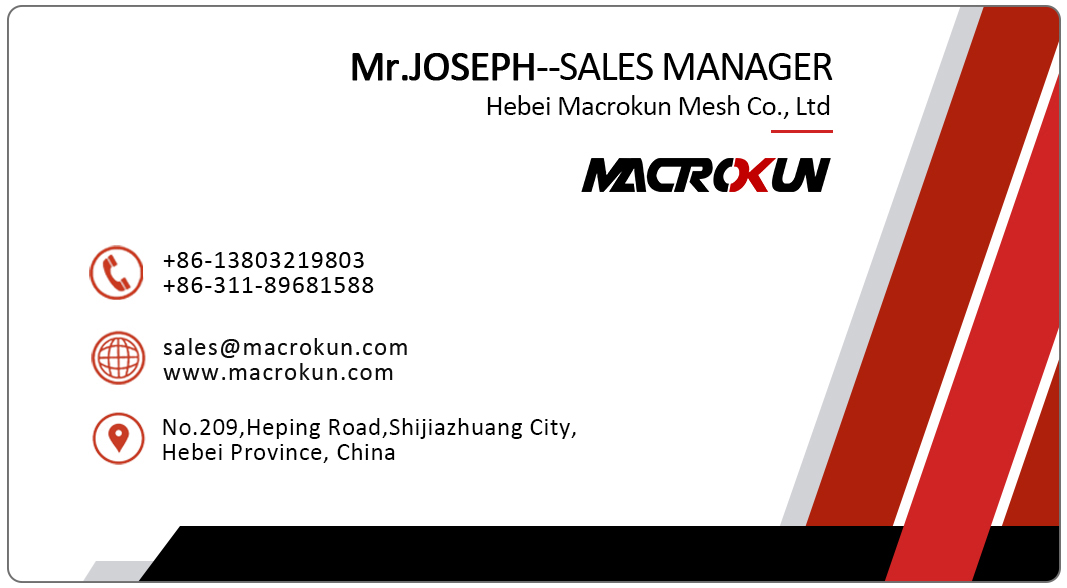
When every sample and every run counts, the consumables you select matter. The nylon 66 membrane filter is a proven membrane type that balances rapid wetting, broad solvent compatibility, and mechanical strength — qualities that make it a dependable first-line choice for HPLC sample prep, reagent clarification, and routine QC filtration. This guide explains what to look for, when nylon 66 is preferred over alternatives, and how to buy and validate membranes so your team spends time producing results rather than troubleshooting consumables.
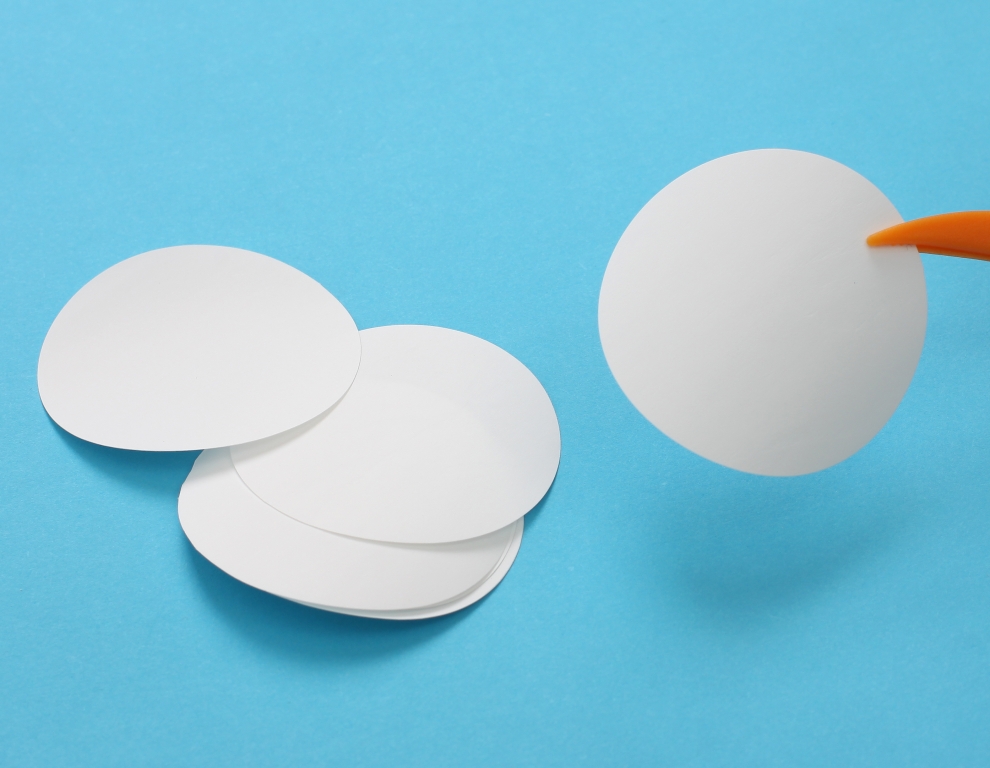
What the nylon 66 membrane filter actually is
A nylon 66 membrane filter is a microporous polyamide (nylon 6,6) film manufactured to controlled pore sizes and often supplied as discs, syringe filters, or rolls. Nylon 6,6 is inherently hydrophilic, which means membranes made from it wet out quickly with water and many polar organic solvents. High-quality products are typically supported with a polyester backing to add tensile strength and make handling easier during vacuum filtration or manual loading.
Why Nylon 6,6 matters in practical workflows
In a busy lab, you need a membrane that behaves predictably. The nylon 66 membrane filter delivers that predictability by combining:
-
immediate wet-out for aqueous workflows,
-
chemical compatibility with common HPLC solvents like acetonitrile and methanol, and
-
mechanical robustness to resist tearing during handling.
Those practical advantages are why many suppliers list nylon 66 as a standard option for sample clarification and mobile phase filtration.
Formats and pore sizes — pick what fits your workflow
Nylon 6,6 membranes are available in formats that match real lab needs:
-
Syringe filters (13 mm / 25 mm) for single-sample prep, fast checks, and low-volume HPLC prep.
-
Disc filters (25 / 47 / 90 mm) for batch clarifications using manifolds or vacuum funnels.
-
Rolls / sheets for preparative-scale applications or custom housings.
When selecting a nylon 66 membrane filter, choose the pore size and diameter that both physically fit your equipment and match the particle-retention need of your assay — 0.45 µm for general particulate removal, 0.22 µm when finer retention or sterility is required.
Typical applications where nylon 66 shines
The nylon 66 membrane filter is widely used for:
-
HPLC sample preparation — removing particulates that can harm columns,
-
Solvent and mobile-phase filtration — protecting pumps and analytical systems,
-
Routine QC clarification — ensuring consistent sample handling and measurement,
-
Environmental and production sampling — fast particulate capture without long filtration times.
This combination of use cases highlights how a single membrane type can serve multiple workflows, simplifying procurement and training.
Material compatibility and limits — what to verify
Nylon 6,6 tolerates many polar solvents and aqueous matrices, but not all chemistries are equal. Before committing, check vendor chemical compatibility charts for strong acids, certain chlorinated solvents, or dimethylformamide, which may be problematic. Also request extractables/leachables data if your assay is trace-sensitive; some studies have flagged low-molecular-weight polyamide oligomers under certain conditions, so evidence-backed COAs reduce risk. Including a short in-house validation step will catch problems before large orders are placed.
How to validate a sample quickly and reliably
A short validation protocol ensures the membrane you buy works with your real matrix:
-
Order a trial pack of the chosen nylon 66 membrane filter in the required format.
-
Run a flow and clarity test using representative samples to confirm expected throughput and clear filtrate.
-
Check for extractables by filtering a blank solvent and analyzing for unexpected peaks or color changes relevant to your method.
-
Mechanical fit test: ensure the disc or syringe filter seals well in your holders and withstands handling without tearing.
This practical validation prevents downstream surprises and gives procurement teams confidence when scaling to bulk purchases.
Buying strategy: retail samples vs. bulk procurement
For small labs, buying single packs or small lots of nylon 66 membrane filter items lets you test quickly. For production or high-throughput environments, bulk purchases reduce unit cost but require tighter incoming inspection and lot traceability. Ask suppliers about COAs per lot and sample policies; reputable vendors will provide documentation and will often supply small samples for validation before large orders.
Storage, handling and incoming inspection
To keep membranes performing:
-
Keep sealed in original packaging and store in a cool, dry place away from solvent fumes.
-
Handle by edges with gloves or tweezers to prevent particulate contamination.
-
On receipt, log lot numbers and check COA details; perform a quick functional test (flow rate, filtrate clarity).
These steps ensure that each nylon 66 membrane filter lot performs as expected and preserves analytical integrity.
Cost vs. value — evaluate life-cycle not sticker price
Unit price depends on format and pack size. While cheap membranes may seem attractive, inconsistent pore size, higher extractables, or weak support layers produce hidden costs: clogged columns, reruns, and instrument maintenance. Evaluating total cost of ownership — factoring in avoided downtime and fewer consumable replacements — often shows that modestly higher-priced, certified nylon 66 membrane filter options deliver superior value.
Common procurement mistakes and how to avoid them
Avoid these frequent errors:
-
Buying the finest pore size by default — that increases clogging and cost; match pore size to need.
-
Skipping COA and extractables checks — for trace work this is essential.
-
Overlooking format compatibility — wrong diameters or unsupported discs cause leaks and wasted filters.
-
Failing to standardize — multiple incompatible filter types across teams create variability.
A simple procurement policy (sample → test → accept → bulk order) eliminates most of these pitfalls.
Real-world example — small change, big improvement
One mid-size lab replaced a mixed inventory of low-cost membranes with a single vetted nylon 66 membrane filter disc that matched their workflows. They standardized on a supported 47 mm disc for batch work and syringe filters for single samples. After instituting a short incoming test, column downtime decreased and throughput increased. The modest upfront spend on validated membranes paid for itself within a few months through reduced maintenance and fewer reruns.
Final recommendation — make membrane choice a controlled process
Treat the nylon 66 membrane filter as a performance part. Build a short validation funnel, require COAs with each lot, standardize formats across teams, and keep a safety stock of validated membranes. These steps convert a routine consumable into a predictable element of your workflow, protecting instruments and improving data quality.
RELATED PRODUCTS
RELATED ARTICLES
Tags:
